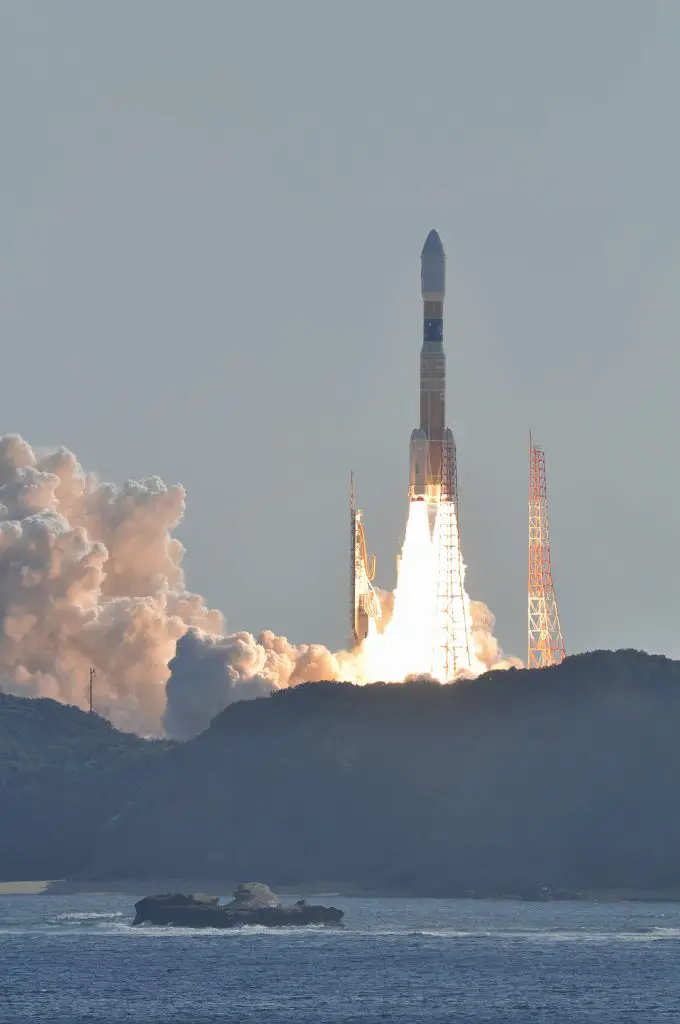
Mitsubishi Heavy Industries – MHI

- Spacecraft: Kounotori | HTV
- Abbreviation: MHI
- Administrator: President: Seiji Izumisawa
- Country: JPN
Mitsubishi Heavy Industries is a Commercial space agency that was established in 1884. Mitsubishi Heavy Industries has 49 successful launches and 1 failed attempts, with a cumulative tally of 50 launches, currently with 13 pending launches in the pipeline. Mitsubishi Heavy Industries has a tally of 0 attempted booster landings, of which 0 failed and 0 successful booster landings recorded.
Mitsubishi Heavy Industries, Ltd. is a Japanese multinational engineering, electrical equipment and electronics company headquartered in Tokyo, Japan. MHI is one of the core companies of the Mitsubishi Group.
MHI’s products include aerospace components, air conditioners, aircraft, automotive components, forklift trucks, hydraulic equipment, machine tools, missiles, power generation equipment, printing machines, ships and space launch vehicles. Through its defense-related activities, it is the world’s 23rd-largest defense contractor measured by 2011 defense revenues and the largest based in Japan.